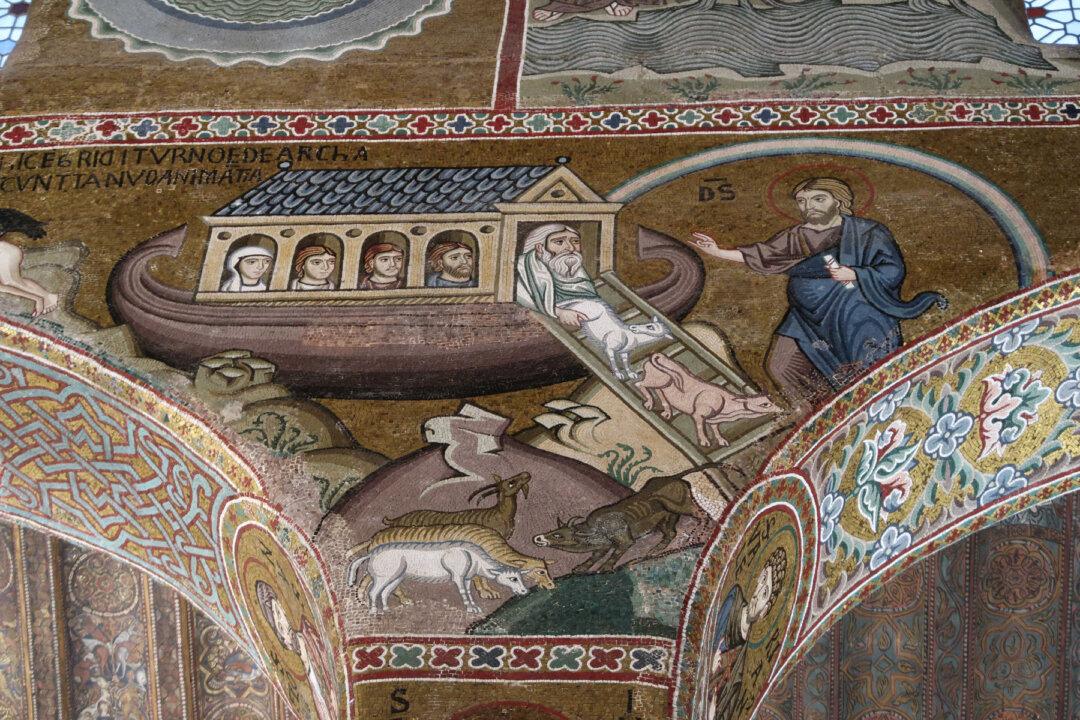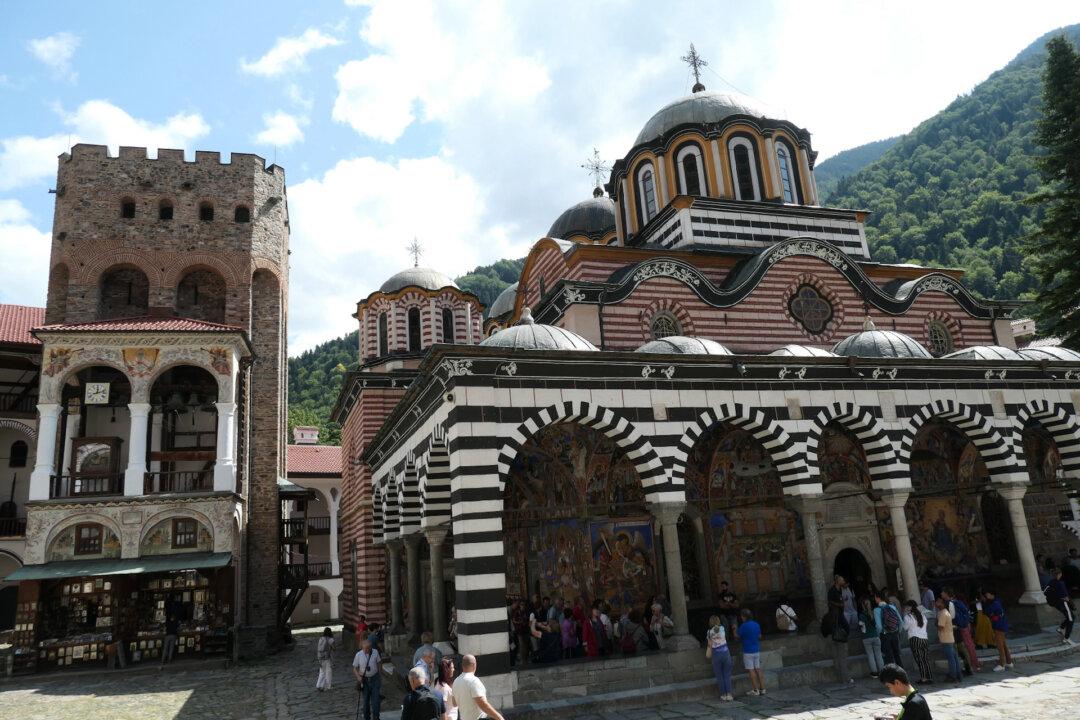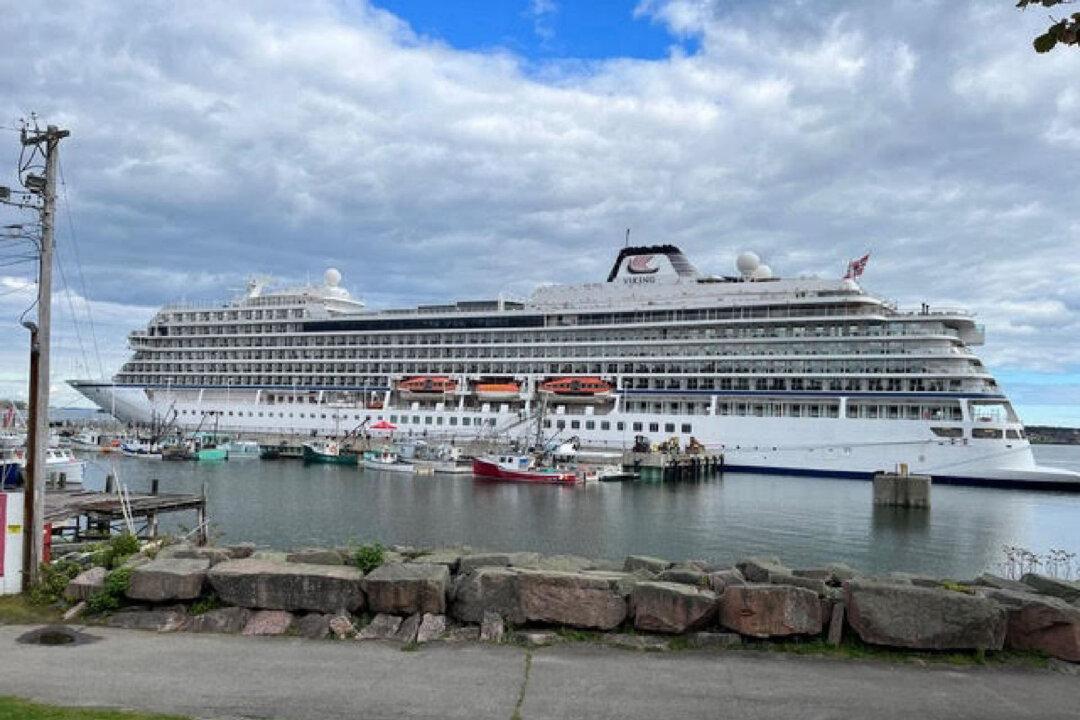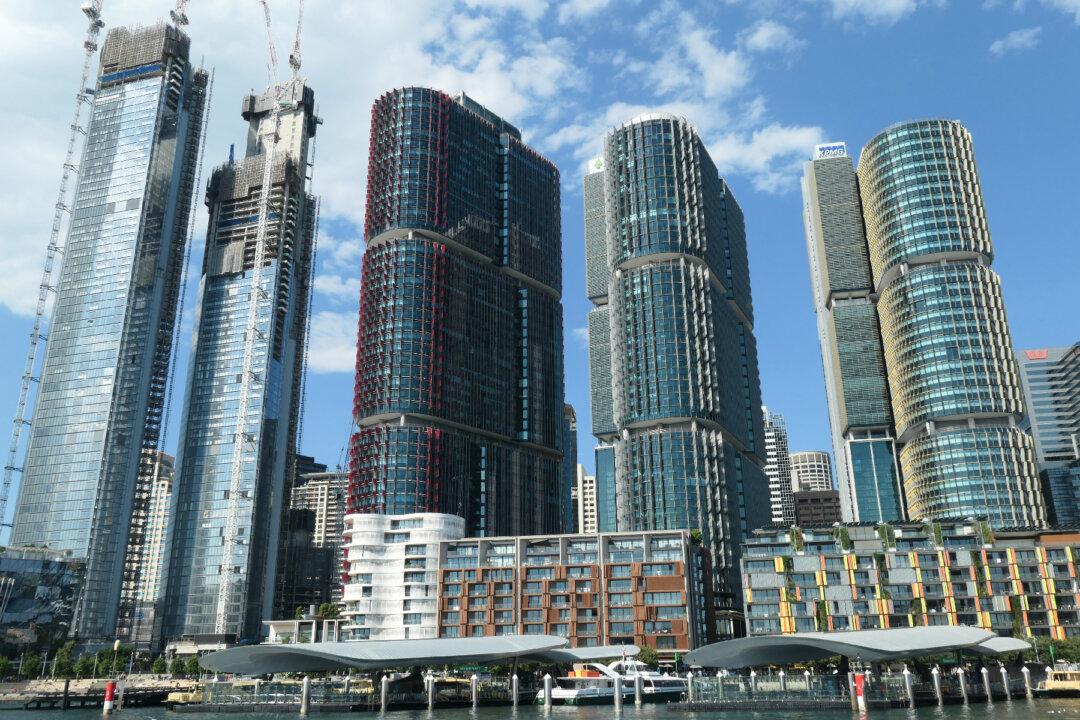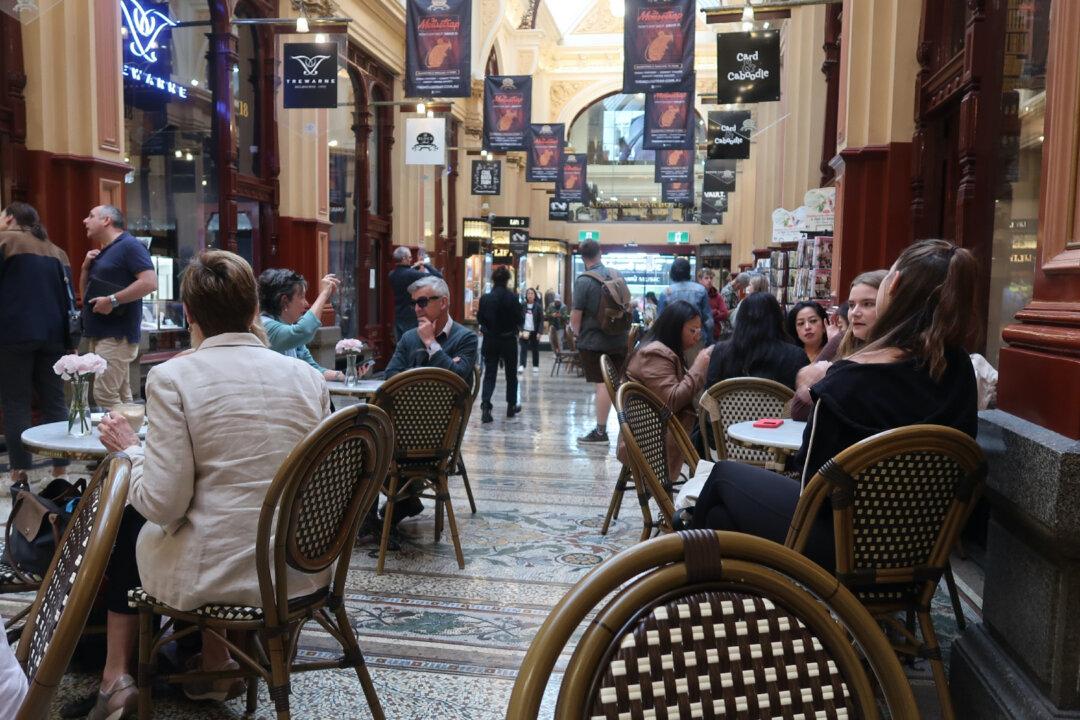Sicily, the Mediterranean’s largest island, lies between Italy’s “boot” and North Africa, drawing millions each year to relax and sample its culture, cuisine, and beaches. Many other draws await, too, if you’re willing to make a bit more effort to appreciate and enjoy them.
Consider, for example, Villa Romana del Casale, just outside of Piazza Armerina, some 60 miles west of Catania, the nearest city with a major airport. Here a sprawling estate features a huge collection of structures whose extraordinary floor mosaics are among the world’s best preserved.

